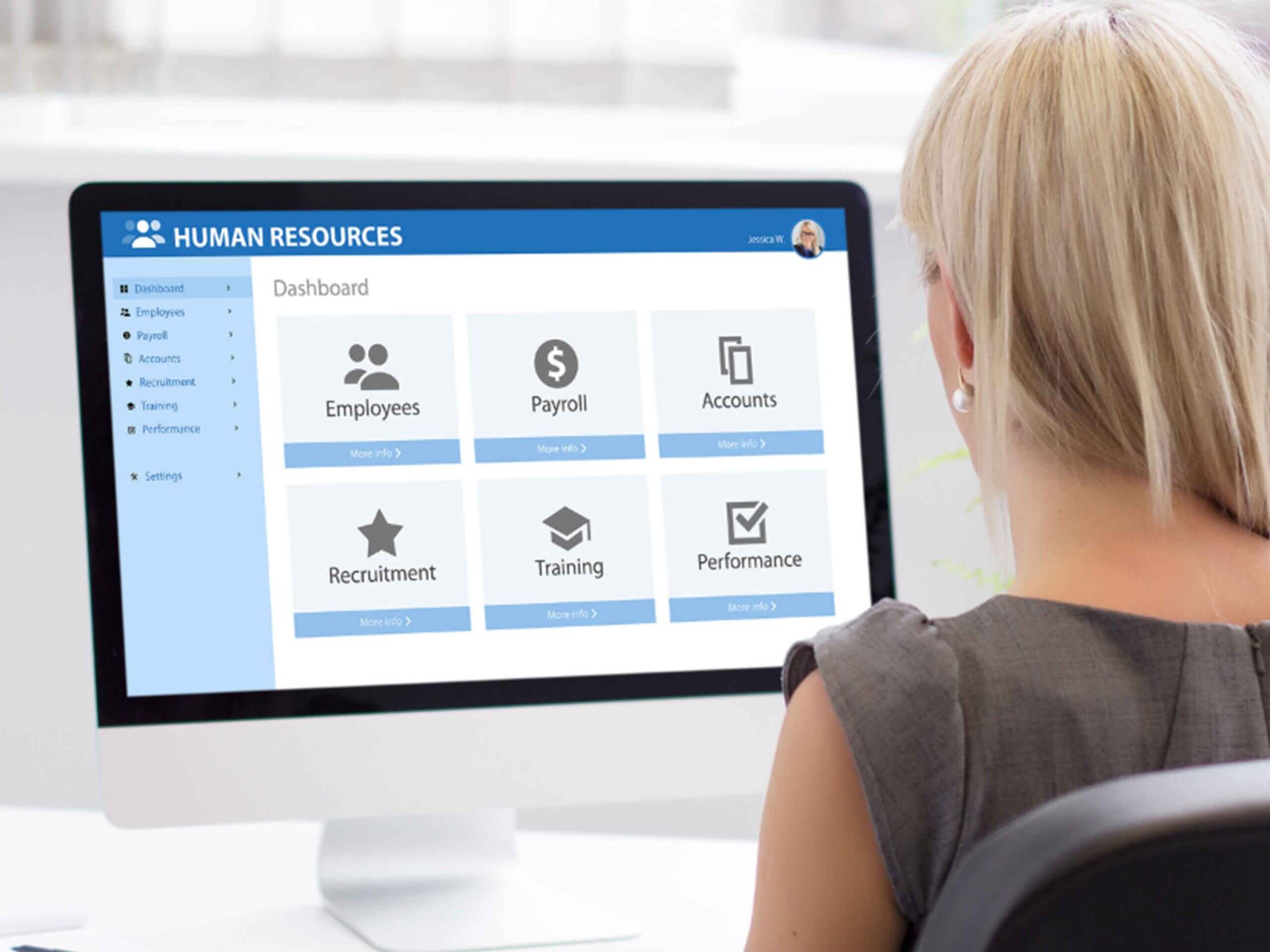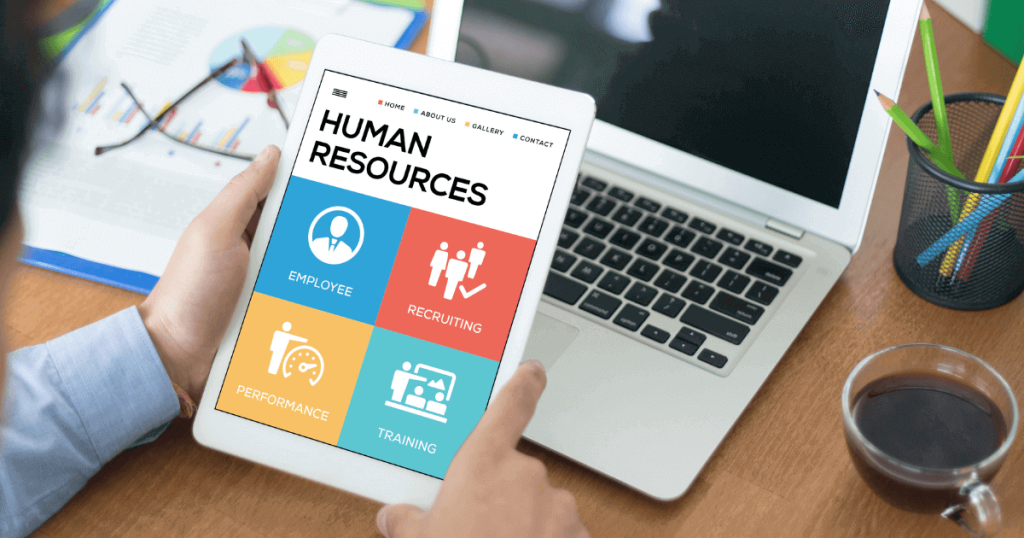

January 8, 2023
With the evolution of tech trends like AI, VR/AR, and ML, HRMS is also a new concept. The use of human resource management software allows firms in recruiting and easing the tasks of staff. Firms now can perform better with advanced methods and task tracking systems. An HR specialist’s role includes applicant search, recruiting, and employee engagement and involvement. HR managers have to deal with several vital activities and a routine that consumes a majority of their time. In the modern setups, there is a possibility to make this portion of the job easier for all people involved like managers, HR, and employees with the help of HRMS.
Good employee information is intertwined with recruiting and hiring, employee cultivation, evaluations, retention, and much more. Owing to the high expense of these operations, HR professionals must incorporate specialist software to handle information more efficiently.
Nowadays due to the usage of advanced tech, firms are aggressively incorporating Human Resource Management Systems (HRMS) into their operations, where HR and IT are easily connected via single HR software.
There are several implications of an HRMS. A few are:
HR administrators are responsible for a wide range of tasks that may have an impact on decision-making or employee skill development. The correct HRIS modules can free up HR administrators’ time to focus on other important activities. With the growing popularity of remote working, it’s critical to have a centralized communication platform. As industries and organizations develop, firms need a better way to track job performance and turnover. The capacity of a system to give actionable insights from data patterns to assist successful decision-making is a critical necessity. Giving employees more influence over their learning and achievement management is advantageous.
The most significant issue with spreadsheets is that hr managers must modify, amend, and update every detail manually. Spreadsheets lack the updating systems to incur changes as soon as they are made. Every time a change is made, the hr manager must go through every document, software, and system to make the same modification and maintain everything up to date. This task requires patience and increases the chances of mistakes as well.
An HRMS eases this by storing information in the interactive database and updating the system whenever new data is entered system. Therefore, it limits the use of spreadsheets.

The information collected about previous and present workers at a firm may be utilized to make positive adjustments to corporate rules, policies, and processes, much as how big data has revolutionized how departments like marketing and graphic design make choices. One significant task is to find a suitable HRMS. A good HRMS may boost a company’s performance and also trace employee performance accurately.
The capacity to develop reports is critical for both HRMS and a competent Human Resource Information System (HRIS). A sophisticated reporting function may make the most of the data and save a lot of work, from reports on employee absenteeism to ones revealing when most employees use their Paid time off to statistics on the dispositions of recruits.
Keeping track of candidates is as vital as managing employees within a firm. Advanced Applicant Tracking Systems (ATS) may assist firms in posting job openings on online networks, collecting hundreds of resumes, ranking them based on predetermined criteria, and organizing job interviews.
Nonetheless, all human resource management systems have the most fundamental ATS capability. Several of them also enable managers to advertise job vacancies on multiple websites and schedule interviews using the calendar.
Once employed, such a system may allow firms to effortlessly transport the applicant’s data, initiate the onboarding and induction process, plan training, handle perks, and so on.
HRM software aids in the development of employee recruiting and retention strategies. An HRMS helps in providing insights into the employees’ activities. It helps in tracking the day-to-day performance and other tasks given to the employees. Exploring new talent and identifying loopholes is a tedious task if only done by humans, thus, an HRMS may ease tasks for the HR team. The use of AI algorithms along with employee reviews and feedback models may offer clarity of issues within an organization.